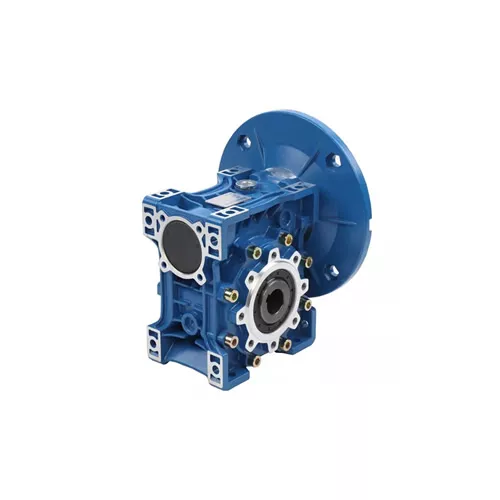Mobile:+86-311-808-126-83
Email:info@ydcastings.com
impeller slurry pump
Understanding Impeller Slurry Pumps The Heart of Efficient Material Transport
In industrial and mining applications, the movement of slurries—mixtures of solids and liquids—is a crucial process. The efficiency and reliability of this transportation hinge on the type of pump used. Among various pump designs, the impeller slurry pump stands out due to its superior performance and versatility. This article delves into the features, working principles, applications, and maintenance considerations of impeller slurry pumps.
What is an Impeller Slurry Pump?
An impeller slurry pump is a centrifugal pump designed to handle abrasive and viscous materials such as slurries found in mining, dredging, and wastewater treatment. The primary component of this pump is the impeller, which rotates to impart kinetic energy to the slurry, facilitating its movement through the pump and subsequently into pipes or other delivery systems.
How Does It Work?
The operation of an impeller slurry pump is relatively straightforward. When slurries enter the pump, the impeller spins at high speed, creating a centrifugal force that propels the fluid outward into a volute casing. This design not only enhances the flow rate but also minimizes the chances of clogging, making it suitable for transporting thick slurries that contain large solids.
The impeller’s design can vary to accommodate different slurry characteristics. Typically, these pumps feature open impellers that allow large particles to pass through without causing damage. Moreover, the pump can be equipped with adjustable wear components to extend service life, especially in harsh operating conditions.
Applications of Impeller Slurry Pumps
Impeller slurry pumps find wide-ranging applications across several industries.
1. Mining They are essential for moving tailings and sludge from ore processing, as well as lifting slurries from mines to processing plants. 2. Dredging In dredging operations, these pumps efficiently transport sediments and debris from water bodies to shorelines or dumping sites. 3. Hydrocarbon Processing In the oil and gas industry, impeller slurry pumps manage drilling mud and other mixtures, ensuring smooth rig operations.
4. Wastewater Management These pumps are also used in sewage treatment as they can handle mixed sludge containing organic matter.
impeller slurry pump

Key Benefits
The advantages of impeller slurry pumps come from their robust construction and efficient design. Some significant benefits include
- High Efficiency Designed to handle varying viscosities and densities, impeller slurry pumps maintain high efficiency even when moving challenging materials. - Durability Constructed from wear-resistant materials, these pumps can endure abrasive environments, leading to lower maintenance costs. - Versatility With customizable impeller and casing designs, these pumps can be tailored to meet specific operational needs and challenges.
Maintenance Considerations
To ensure optimal performance and longevity of impeller slurry pumps, regular maintenance is paramount. Key maintenance practices include
- Routine Inspections Regularly checking for wear and tear on impellers and seals can preempt significant failures.
- Proper Operation Monitoring the pump’s operating conditions—such as pressure, temperature, and flow rate—can help identify potential issues early.
- Lubrication Ensuring that moving parts are adequately lubricated reduces friction and wear, contributing to the pump's durability.
Conclusion
Impeller slurry pumps are indispensable tools in various industrial sectors that require the efficient transport of slurries. Their unique design, coupled with durability and versatility, makes them the ideal choice for challenging pumping applications. Investing in a quality impeller slurry pump and adhering to proper maintenance practices can significantly enhance productivity and machine longevity, thus driving efficiency in operations that rely on the effective movement of materials. In an ever-evolving industrial landscape, understanding the intricacies of these pumps is vital for maximizing their potential in the field.
-
Understanding Metal Casting TechniquesNewsApr.02,2025
-
Understanding Exhaust Manifolds for Enhanced Engine PerformanceNewsApr.02,2025
-
The World of Metal FabricationNewsApr.02,2025
-
Key Components for Pump and Turbo EfficiencyNewsApr.02,2025
-
Essential Tools for Automotive Maintenance and RepairNewsApr.02,2025
-
Durable Valve Components for Effective Water ManagementNewsApr.02,2025











